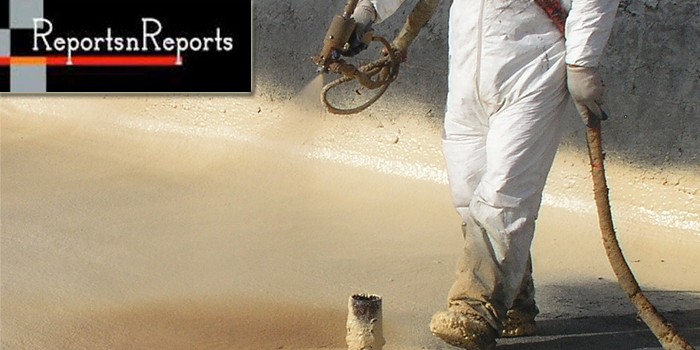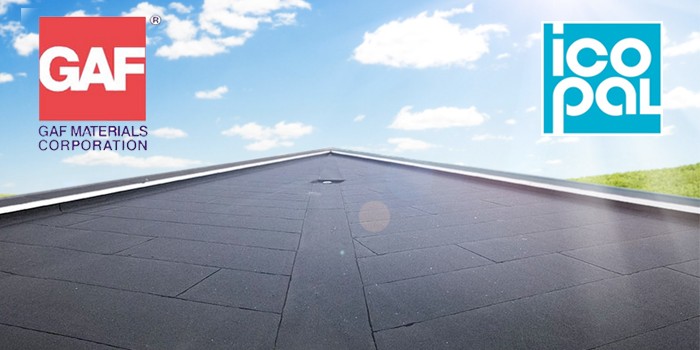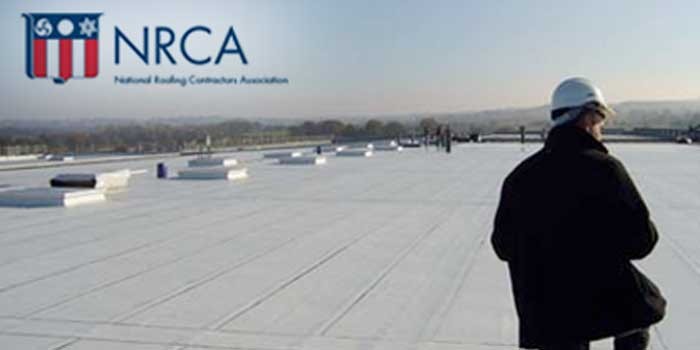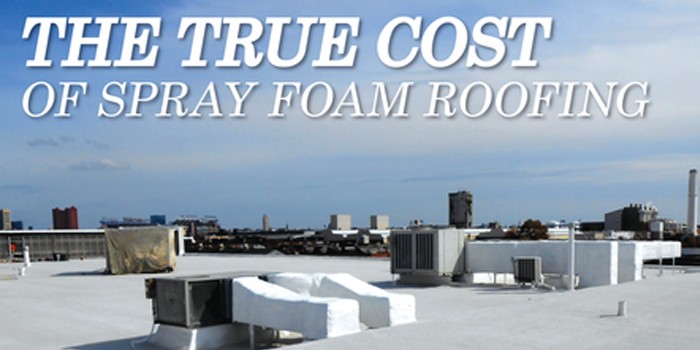Spray Foam Saves Texas Town's Landmark Building
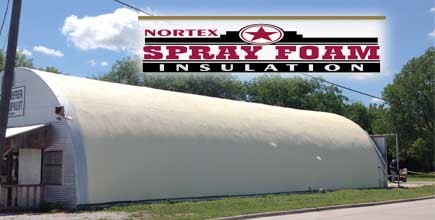
GAINESVILLE, TX – July 23, 2013 – A moral dilemma that people go through when taking over a town's landmark building with every intention of bulldozing it to start anew is: "is it really necessary to tear it down and rebuild when retrofitting might just be more viable?". When a tractor dealership took over a quonset hut in the middle of Gainesville, Texas, the townspeople demanded by petition not to demolish the metal building, but instead fix it up in order to maintain its aesthetic presentation that complements Gainesville's downtown area. Obliging the townspeople's request, the owner of the tractor company decided to use the existing building as his facility instead of constructing over it, much to the delight of the public.
A Texas summer can batter buildings and turn them into sauna-like environments on the inside, with consecutive heat waves of 110ºF that can make a building's interior feel like it is 140ºF. Since the tractor dealership was to have a sales and service department for their vehicles, good insulation was needed.The quonset hut had an old construction, wood frame roof deck with nailed, which offered no insulation. Also, the roof had seams from loose rubber gaskets and was severely leaking. In order to alleviate these problems, the owner gave green light for an SPF application.
The owner contracted Nortex Spray Foam (NSF) for the job, which entailed applying SPF to the entire outside of the structure, consisting of a barrel roof coming down on both sides, essentially becoming the walls. The project also consisted on the interior application of SPF to the vertical end-walls and the sliding hangar-like doors of the building to give the building extra rigidity. According to Nick Hughes, owner of NSF, the building was in pretty bad shape when he arrived at the site.
"It rained inside there just as much as it did outside," said Hughes. "Additionally, there was no way anyone was going to be able to work in there with the Texas heat. Spray foam was the solution to those problems and we wanted to encapsulate the whole building with foam."
Prior to the application, the NSF crew powerwashed the metal substrate to clear it off before the SPF system was applied. The crew wore PPE and fresh air respirators during the project. They used a Genie articulating boom lift to get up to the barrel roof surface. The lift proved pivotal for the project since most of the SPF application was done from the lift's basket. The SPF was applied to the lower side areas directly from the ground.
"We had one person in the man lift basket and one person holding the hose to keep it out of the way," said Hughes. "It was a different experience for me since I had never sprayed a roof from a lift."
Hughes mentioned that the biggest challenged the NSF crew faced onsite was overspray protection. The building was in a high-traffic area and the round dimensions of the quonset hut prevented the crew from wind screening, so the crew had to be careful about choosing the right days and the right times to proceed with the application. A process which, according to Hughes, delayed the length of the project.
"We got there very early and only sprayed on days that there was two-or-three-mile-an hour wind or no wind at all. If it was windy, we would wait," said Hughes. "It was a big deal because this was a new tractor dealership with about a million dollars worth of tractors in the vicinity; it was a little nerve-wracking."

Hughes added that he was surprised that, in this case, overspray protection turned out to be a bigger challenge than applying SPF to the oddly-shaped structure.
The crew applied one inch of Foamsulate 280, a 2.8 lb. closed-cell spray polyurethane foam made by Premium Spray Products to the roof and Foamsulate 210 for the interior of the end-walls and doors of the quonset hut. Hughes explained that his crew did not go over one inch of foam because their client had requested a smooth surface.
"The owner wanted to maintain the historical integrity of the building intact," said Hughes. "They were concerned about the leaking, but the presentation of the building's aesthetic shape came first to him, so a smooth presentation was a must for the building to look right."
The ASF crew had one rig at the site equipped with a Graco Reactor H-25 proportioner. A Probler P-2 air-purge spray gun was used for the SPF application.
Once the foam had set, the crew applied three coats at three gallons per square (100 sq. ft.) of bright white Premium Spray Products Premicote 1400, a single-component acrylic elastomeric coating, to protect the SPF.
Because the crew kept an eye on the weather to avoid overspray, it took them about four days to complete the job. According to Hughes, during the first days of the project, a storm came in, which put the application on hiatus for another week. He mentioned a single base coat of Premicote was applied on the SPF already installed on the flat roof while they waited for the storm to dissipate.
Hughes noted that his client was ecstatic with the look of his facility and the fact that the SPF application sealed all of the building's leaks. Hughes was also told by the owner that the life inside of the building immediately changed following the application.
"The building went from being 140ºF to 85ºF in no time," said Hughes. "It's still going to be hot when it's over 100ºF outside, but they're not going to get baked like they are in an oven, which would've happened if they stuck with the wood frame roof deck."
About Nortex Spray Foam: Nortex Spray Foam Insulation was founded in 2008. Serving North Texas and Central Oklahoma area, Nortex provides both closed and open-cell insulation on anything from residential to large industrial applications. For more information on Nortex Spray Foam, please click on the link provided below.
Disqus website name not provided.



